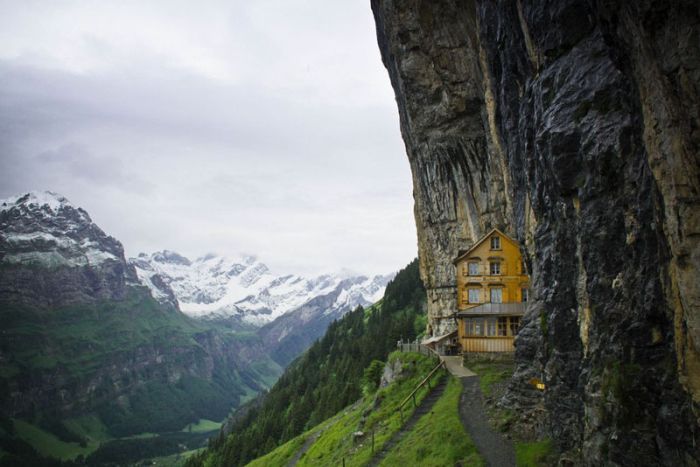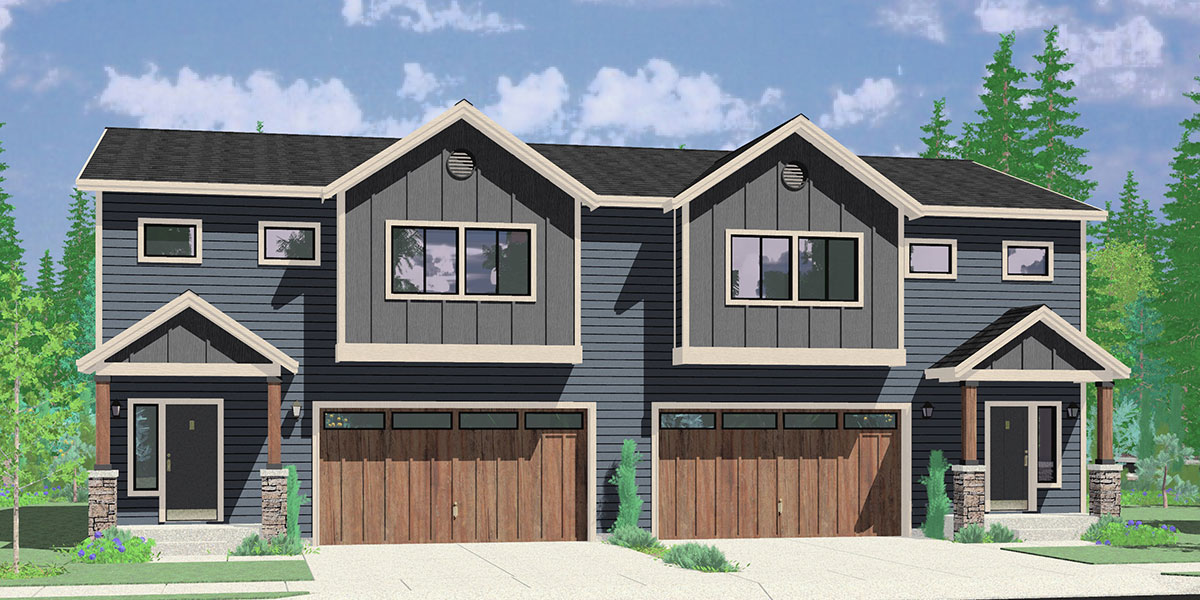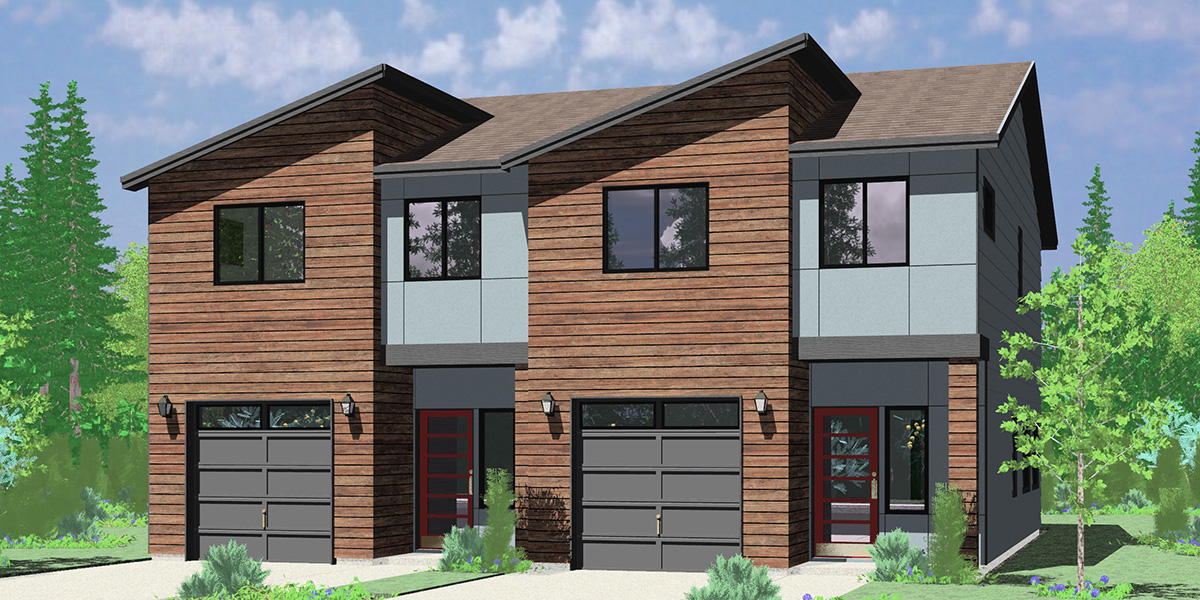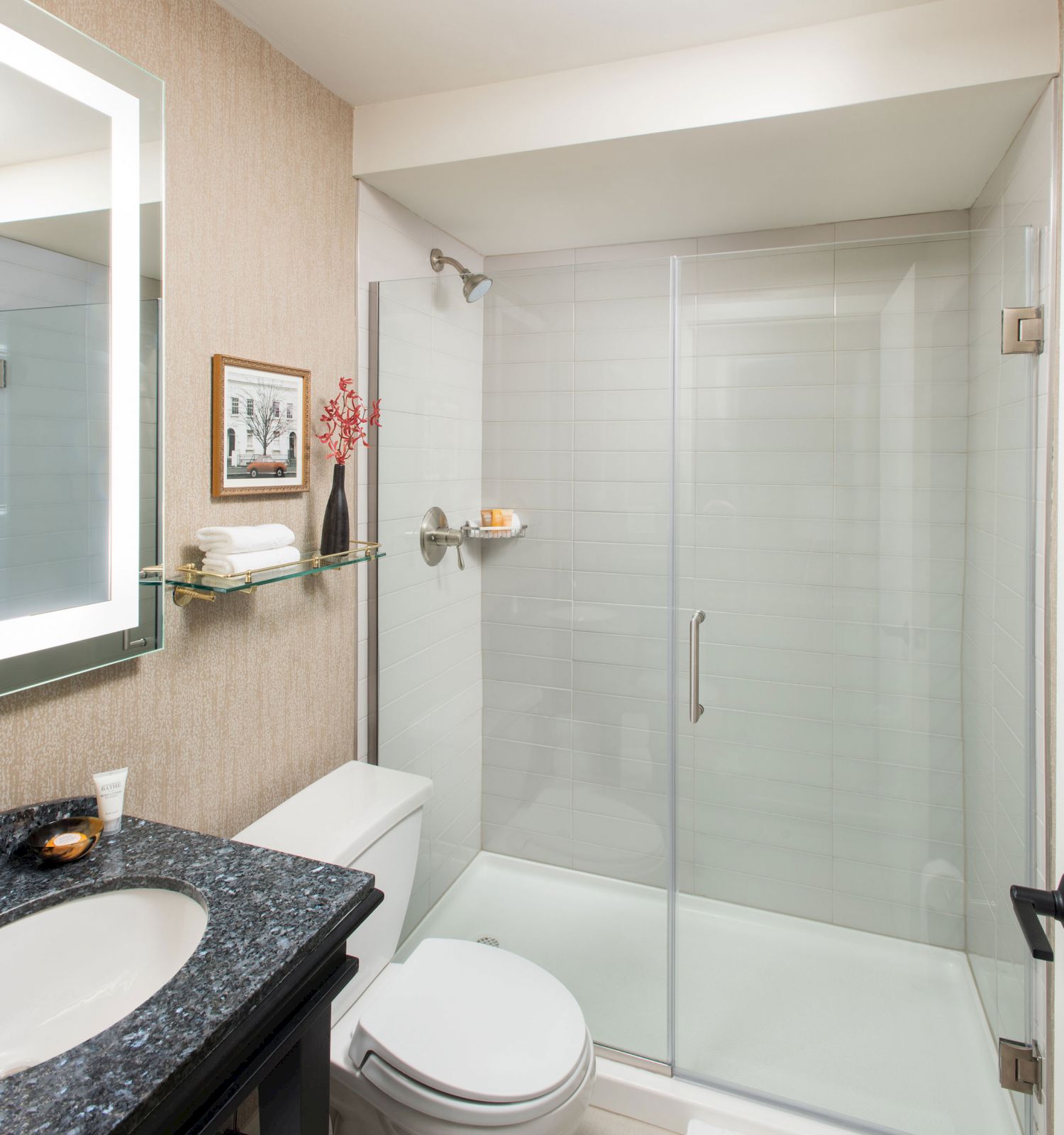Table Of Content
- Subscribe to Blog via Email
- We maintain the National Database of Sears Houses In the U.S.
- Selling the Concept of Dream Homes
- 1670 Whitcomb Avenue, Des Plaines, Illinois
- Sears pioneered the modern prefab house in the early 20th century: Look back at 'kit homes'
- The Amazing Collection of Sears Homes in the Midwest

Sears Modern Homes built in the 1930s may have a small circled “SR” cast into the bathtub in the lower corner (furthest from the tub spout and near the floor) and on the underside of the kitchen or bathroom sink. Many of these homes were built in Sears planned “Home Club Plan” developments in New Jersey, New York, Ohio and Pennsylvania. When in 1908 Sears began its Modern Homes program, the company was in a brilliant position to reach interested people. And the same four-pound catalog that made home purchases possible also contained all necessary furnishments, from living room furniture to bathroom towels. We largely keep our database private, for the use of our research team, but will certainly answer questions from homeowners, historical societies, press, or the general public, about specific information we have collected. So, no matter when your own home was builtor by what company, in some way, the Sears Modern Homes program probably hashad an impact on your life.

Subscribe to Blog via Email
Many included the latest technology available to house buyers in the early part of the twentieth century, such as central heating, indoor plumbing, and electricity. From 1908 to 1942, Sears sold more than 70,000 of these houses in North America, by the company’s count. Sears Modern Homes were purchased primarily by customers in East Coast and Midwest states, but have been located as far south as Florida, as far west as California, and as far north as Alaska and Canada. Sears capitalized on increasing members of the middle class and WWI veterans who sought to build and live in their own homes. Each house style enjoyed a unique name, such as Starlight or Crescent, which only increased the appeal. Buyers could request design changes as they wanted, and some even provided entire blueprints to Sears.
We maintain the National Database of Sears Houses In the U.S.
Over the 30-year lifespan of the Modern Homes program, the various service systems within the house—such as plumbing, electricity, and heating—became more complex, so that owners were more likely to call in trade specialists. At any rate, Sears always furnished estimates of the finished cost of the house, including labor (not part of the Sears package). As Curbed explains, Sears would send a kit by train, with all the pieces needed to build the house, shipped throughout the U.S. They even provided instructions that insisted that any individual with even basic skills could build their house in 90 days or less. If the owner preferred to contract a builder, Sears issued a good estimate on the cost. Although Sears themselves admitted that selling homes through their catalog was not groundbreaking (another company had already come up with the idea), they did pride themselves with the fact that they supplied people with their dream home for less.
Selling the Concept of Dream Homes
Early mortgage loans were typically for 5 to 15 years at 6% to 7% interest. The ability to mass-produce the materials used in Sears homes reduced manufacturing costs, which allowed Sears to pass along the savings in lower prices for customers. Modern Homes revolutionized the way homesare built, and the legacy of the program is one which, like those techniques,materials and conveniences, will continue to endure. Advertised as a “five-room Spanishbungalow,” this house was an “already cut” and fitted modelavailable for $2,138.
Americans had been living in multigenerational housing, with different rooms for different family members. Sears helped popularize new homes for newlyweds, and helped kickstart the rise in single-family living that would dip during the recession, but accelerate dramatically after WWII. Sears gave consumers what they wanted, with a quality guarantee and cross-country shipping. The Modern Homes program, as the home kit division was called, simply took that philosophy to its conclusion, with the hope that anyone building a brand-new Sears house would furnish it with brand-new Sears goods.
THIS BLOG's ARCHIVE
Sure, the windows are modernized along with a few skylights and what looks like an addition with vaulted ceilings, but the facade has largely stayed true to its architectural vision. When most people think of Sears catalog homes, they imagine Cape Cods or Craftsman style bungalows with columned porches. What almost no one thinks of is Don Corleone’s house from the first Godfather movie.
Homes bought from catalogs found around metro Detroit - Detroit Free Press
Homes bought from catalogs found around metro Detroit.
Posted: Sun, 12 Aug 2018 07:00:00 GMT [source]
Forbes reports that by this point, financing was no longer available, due to the Great Depression. Nonetheless, the kit homes became cultural icons and their charm endures to this day. One homeowner told The Philadelphia Inquirer in 2021 that she loves "The glass doorknobs, the high ceilings, the materials, and the integrity of the house." Between 1908 and 1940, nearly 75,000 homeowners picked out a house from the Sears, Roebuck and Company’s Modern Homes catalog and built their houses from the materials that arrived a few weeks later. The houses ranged in size from small cottages without a bathroom to multi-story homes complete with sleeping porches and porte-cocheres. Everything you – or your favorite contractor – needed to build the home, except for stone and bricks, was included in your purchase.
The mortgage program was also a PR disaster, as many of the families Sears foreclosed upon refused to do further business with the company. Sears also offered a plasterboard product similar to modern drywall as an alternative to the plaster and lath wall-building techniques which required skilled carpenters and plasterers. Shipped by railroad boxcar, and then usually trucked to a home site, the average Sears Modern Home kit had about 25 tons of materials, with more than 30,000 parts.

The Amazing Collection of Sears Homes in the Midwest
11 Vintage Houses That Came from a Catalog - Bob Vila
11 Vintage Houses That Came from a Catalog.
Posted: Wed, 07 Oct 2020 07:00:00 GMT [source]
The houses, comprising eight models, were all built in a 12-block area known as the Standard Addition. Construction of the houses took nine months which were completed in 1919. The bulk order is the largest known order for Sears Modern Homes and led to Sears, Roebuck naming their "Carlin" model after the city. Identifying Sears Homes has become a pastime among history enthusiasts because of their sturdy structure, the do-it-yourself nature of construction, and the popular architectural design concepts. It even halted sales of houses themselves for a short time before restarting sales. Sales slowly recovered as the United States emerged from the Great Depression.
For reference, $2,138 in 1932 would be equivalent toapproximately $40,649.03 in 2019 dollars. While the original Book of Modern Homes and Building Plans included 44 differentstyles, by 1940, the company had come up with 400 types of mail-order homes. Home building kits also are appealingbecause they can be fast, affordable and easy to put together even with limitedpersonnel, equipment and experience. In 1908, Sears shipped out Book of Modern Homes and Building Plans.Contained in this catalog were 44 different types of home kits, all of whichwere available by mail order. A nationally recognized founder, branding expert, and industry thought leader, Emile cut his teeth in real estate in 2007 crafting marketing strategies for the Chrysler and MetLife Buildings. The oiled wood mouldings and built-ins look like they were designed yesterday and probably look even nicer in person.
One of the most fascinating parts of the story, is that the framing lumber was (in most cases) pre-cut and labeled, allowing the homebuilder to follow an instruction booklet to help in the organized construction process. Kushel wasn’t the only or even the first person to come up with a scheme to sell houses by catalog and ship them by rail. It wasn’t until about 1911 that Sears included framing lumber in its package, and the company didn’t begin to offer pre-cut and factory-fitted lumber until 1914.
It did not include masonry, such as bricks and cement blocks, which would be cheaper to procure locally than to send by rail. The lumber was cut to size at the building site before being assembled by a local builder. Among the catalog giant’s astounding range of offerings were house kits, which the company began marking in 1908. The kits came in 447 different designs, from the grand “Magnolia” ($5,140 to $5,972) to the more humble, but popular “Winona” ($744 to $1,998). Sears advertised the kits with the promise that “We will furnish all the material to build this [house design].
No one seems to know the exact number ofhomes Sears sold during that time period, but estimates place it anywherebetween 70,000 and 75,000. After taking off during the early part ofthe 20th century, Sears homes remained a big seller over the decadesto follow. Another seller called the Aladdin Companyactually beat Sears to becoming the first company to offer a prefab home kitvia mail order, also in 1906.












